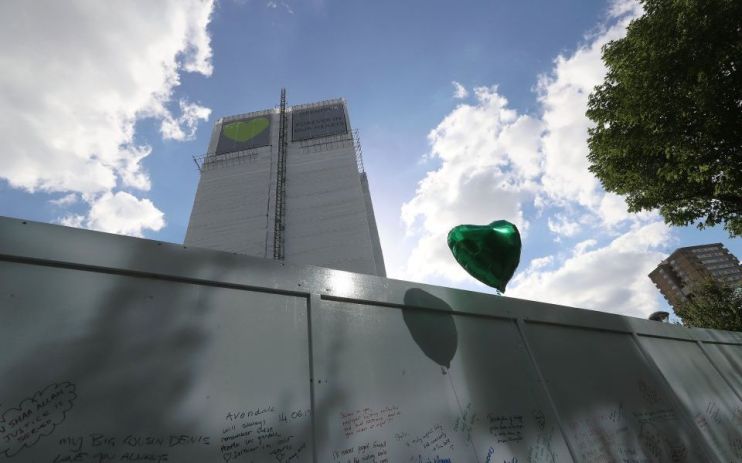As we remember Grenfell, we must find a way to give the survivors of the blaze closure

Today marks the fifth anniversary of the Grenfell Tower fire. 72 people died in that inferno – 18 of them were children. The number of people living in the council-owned building was 297; the 223 survivors are still, today, waiting for justice.
The tragedy that unfolded on the night of the 14th of June 2017 in North Kensington, West London, has scarred the capital. What makes it so disturbing is the fact that it could have been avoided. All the building needed to turn into flames was a small fridge fire in one of the flats. Because of the poor cladding and insulation covering the 67 metre-tall building, the fire spread rapidly, taking lives with it on its deadly path.
Firefighters rushed to the scene, trying to save as many lives as possible. Fast forward five years, and these scenes are still stuck in our memory. Yet the hopes for change of the families of the victims lay in tatters. The government’s response to their requests has been inadequate.
The Grenfell Tower inquiry is still ongoing, and it has been uncovering shocking truths. Grenfell is the result of a corporate and governmental failure of epic proportions – one for which no one, to this day, has been held fully accountable.
First in line there are the companies that provided the insulation and cladding for the building – Arconic, Celotex and Kingspan. As we heard in the inquiry, they knew their products were faulty. Kingspan, the multinational that provided the insulation, continued to sell its product based on a safety test from 2005. Even though subsequent tests turned it into a “raging inferno”. This was eventually withdrawn in 2020.
The government, on its part, did nothing to tighten building safety regulations that were clearly too loose. Back in 2017, the system of safety certification included Class 0, a category for buildings with an inflammable core but covered by a thin veil of fireproof material. Grenfell was Class 0.
Class 0 is not allowed today, and the government is aiming to bring some change to leaseholder protections with the Building Safety Bill that passed into law in April. Cladding has been Michael Gove’s biggest headache. As Levelling Up Secretary, he has stepped up to make companies pay for their share of responsibility for using dangerous materials. The reforms have been criticised for failing to address the scale of the challenge or recognise the complicity of previous governments in leaving the building industry basically ruleless.
To this day, embarrassingly, none of the recommendations from phase one of the inquiry have been implemented. These include measures to protect disabled people – at Grenfell, 41 per cent of people with disabilities died.
Not even one top politician has appeared in front of the inquiry, despite the fact that cladding in buildings affects eight per cent of people in England alone. Former communities secretary Eric Pickles showed up in front of the inquiry in April. He could not even give the correct number of people who died in the blaze.
Meanwhile, Grenfell United, the group of survivors and bereaved families from the fire, has been campaigning bravely and relentlessly to ensure this tragedy is not replicated someplace else.
The tower still stands there in front of their eyes, a painful reminder of what happened, and of what could have been avoided.
Its shadow, still visible from the picturesque Notting Hill streets, has become the symbol of Kensington and Chelsea, a borough where the capital’s richest and poorest rub shoulders.
Today, we have a duty to remember all of this as we stand side by side with the brave families of the victims, who are out there campaigning for a different future. There will be justice for them only once change is achieved.